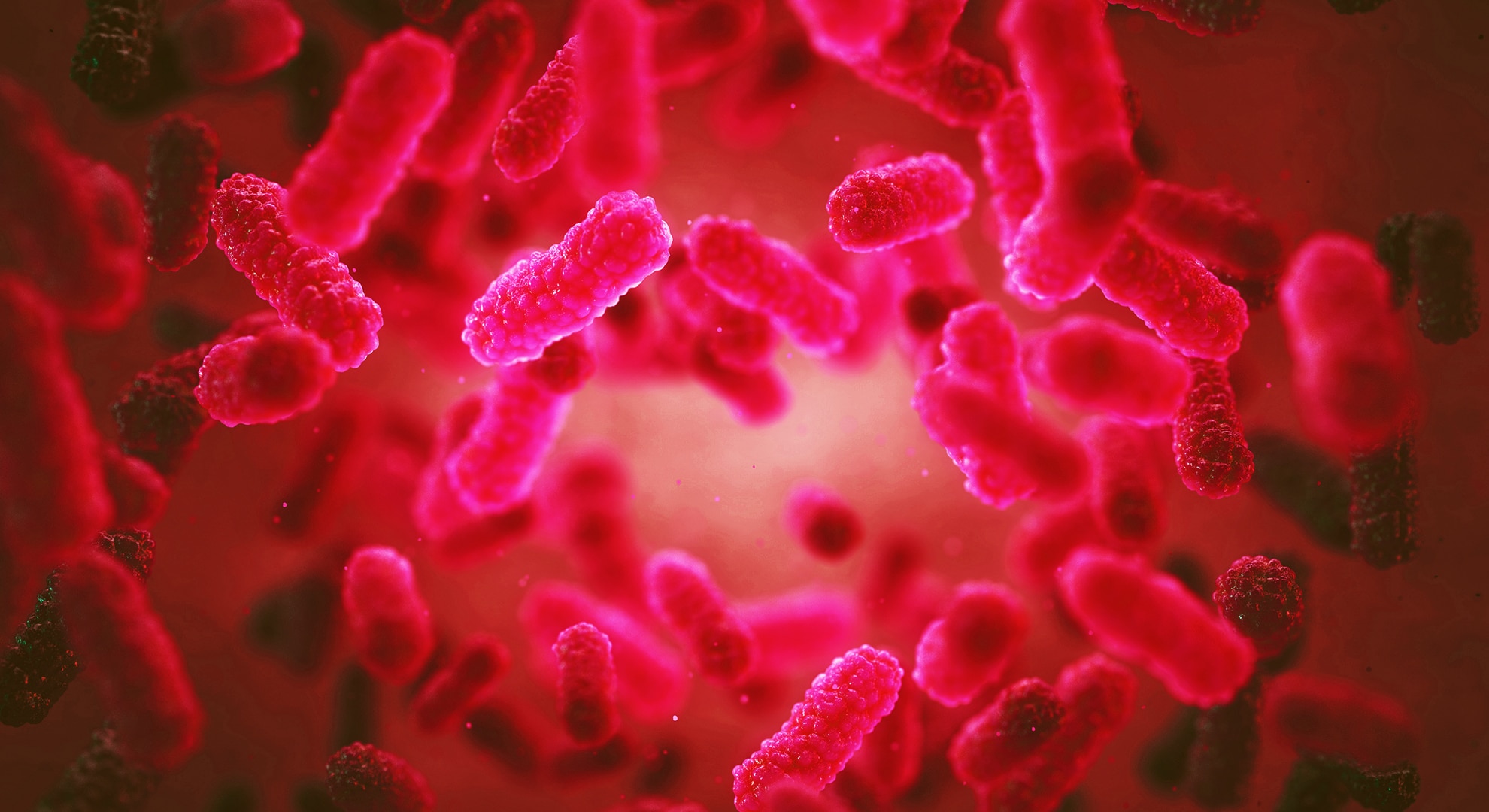Early ancestors of legionella provide a piece of the puzzle of evolution
SciLifeLab researcher Lionel Guy (UU) and colleagues at the Max Planck Institute for Evolutionary Biology, have shown that evolutionary ancestors of the legionella bacteria infected cells almost two billion years ago. The results were recently published in Molecular Biology and Evolution.
Bacterial adaptation to living within a host cell is a milestone in evolution of eukaryotes. This paved the way to fusion with archaeon and the emergence of mitochondria and chloroplasts. By analyzing 35 novel Legionellales genomes, Lionel and his colleagues showed that Legionellales is a much more diverse group than previously believed, and that key host-adaptation events took place very early in its evolution.
“Our study can help us understand how harmful bacteria arise and how complex cells evolved from simpler cells,” says Lionel Guy, SciLifeLab (UU), in a press release from Uppsala University.
The study shows that all Legionellales have the same kind of molecular tools as legionella to survive and thrive within their hosts. That suggests that the ability to infect eukaryotes already existed in the ancestor of all Legionellales. This means that phagocytosis is at least as old as Legionellales – two billion years old – when eukaryotes were in the early stages of their evolution.
“Some researchers believe that mitochondria were required to deliver enough energy for phagocytosis to work. But our results suggest that phagocytosis came first – two billion years ago – while mitochondria came later,” says Lionel Guy.
The study was in part supported by the SciLifeLab National Project 2015. Most of the DNA sequencing was performed at SciLifeLab, as well as a large part of the computation analysis (Uppsala Multidisciplinary Center for Advanced Computational Science, UPPMAX).





